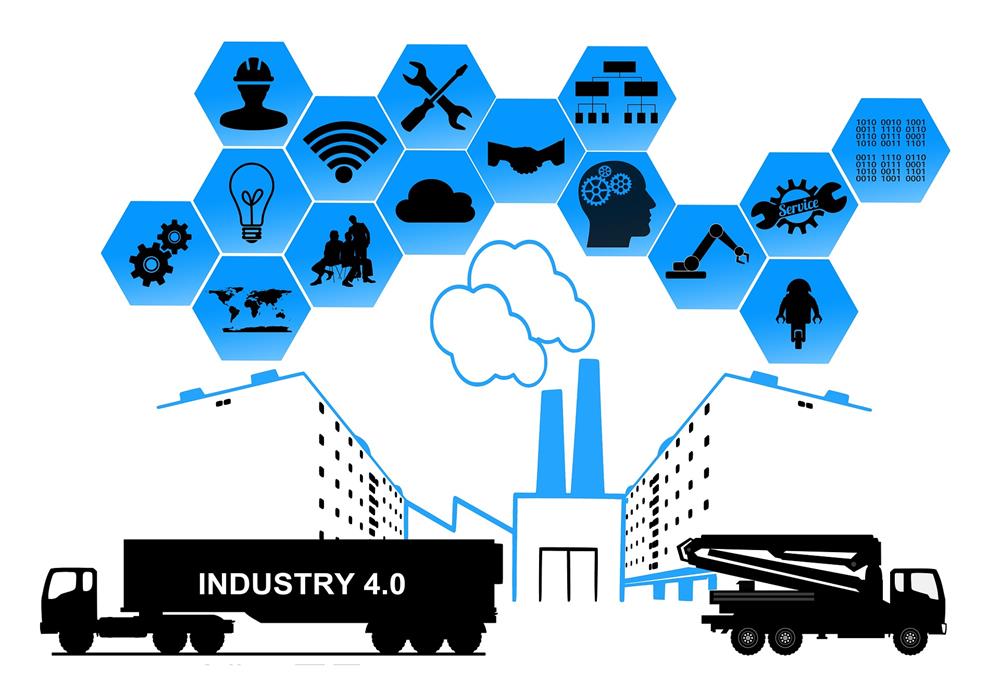- Home
- Business Processes
- Industry Knowledge
- Aerospace Industry
- Automotive Industry
- Banking Domain
- BFSI Industry
- Consumer/ FMCG Industry
- Chemicals Industry
- Engineering & Construction
- Energy Industry
- Education Domain
- Finance Domain
- Hospitality Domain
- Healthcare Industry
- Insurance Domain
- Retail Industry
- Travel and Tourism Domain
- Telecom Industry
- Leadership Skills
- eLearning
- Home
- Functional
- Procure to Pay
- Warehouse Management
Warehouse Management
Warehouse management and distribution logistics involve the physical warehouse where products are stored, as well as the receipt and movement of goods takes place. Warehouse management aims to control the storage and movement of products and materials within a warehouse. These operations include the receipting of inwards goods, tracking, stacking and stock movement through the warehouse.
Warehouse management and distribution logistics involve the physical warehouse where products are stored, as well as the receipt and movement of goods takes place. Warehouse management aims to control the storage and movement of products and materials within a warehouse. These operations include the receipting of inwards goods, tracking, stacking and stock movement through the warehouse. Warehouse management is also responsible for ensuring shelving or pallet racking is in place to secure the stock, maintaining the quality of goods while in storage and until they are shipped out of the warehouse. The warehouse is the core of inventory management where all goods are received, sent to stores or shipped out and delivered to customers. Warehouse management isn’t so much about space as it is how to effectively use that space.
Warehouse Management Costs
All companies with warehouses incur cost that would depend on various components like order volume, storage time and fulfillment type. However, it’s good to know what are common warehousing costs so that you know how to budget for warehouse services. Generally warehouses expenses include costs incurred on handling and moving product in or out of the warehouse, costs associated with the equipment used to handle product, cost of fuel or electricity to power the equipment, rent and storage expenses, costs on operations administration and administrative expenses.
Given below is a snapshot of various cost components that you will often see in warehousing operations:
- Employment (wages, benefits, compensation, training etc.)
- Storage (rent, depreciation, interest, local taxes etc.)
- Material handling (fork lift trucks, pallets, packaging etc.)
- Utilities (electricity, heat etc.)
- Communication (Internet, telephone systems etc.)
- Administration (management, insurance, security etc.)
Warehouse Management Systems
Knowing how much inventory you need is important, but equally important is knowing where that inventory is. The system or software application that manages these operations is known as a warehouse management system (WMS). WMS programs allow for centralized management of warehouse management processes, such as inventory tracking and stock locations. A warehouse execution system (WES) coordinates all of the processes that take place inside a warehouse or distribution center, including material handling equipment, devices, inventory management, and employees. A warehouse management system (WMS) controls, manages, and regulates the movement of goods within a warehouse or distribution center. Typical features of a WMS include inventory management, picking and putaway, order visibility, and fulfillment.
Current warehouse operations can be so complex in a multi-divisional organization operating through multiple channels, that they require a dedicated team to run them. All warehousing aspects must be streamlined to ensure that customers get their orders on time. The key to successfully managing multiple warehouses is to get a good understanding of the warehousing concepts and modern best practices. This will help you to identify challenges in warehousing operations for your business and develop strategies to overcome them.
Related Links
You May Also Like
-
Inventory is money, and hence businesses need to perform physical inventory counts periodically to make sure that their inventory records are accurate. The traditional approach to conducting inventory counts is to shut down a facility during a slow time of year to count everything, one item at a time. This process is slow, expensive, and (unfortunately) not very accurate.
-
Resource Planning is the process of planning for expected workload and determining the number of resources required to complete each activity in the warehouse. There are many types of warehouse positions, and they also vary by the employer, the scale of operations and location. Discussed here are generic positions applicable to warehouse management processes.
-
At a high level, the essential elements in a warehouse are an arrival bay, a storage area, a departure bay, a material handling system and an information management system. As part of the process for enabling a warehouse layout, you must define warehouse zone groups, and zones, location types, and locations.
-
Miscellaneous Warehouse Processes
At the end of each inventory control, the Contractor provides the Ordering Person with an inventory report which contains a list of all stock adjustments. The Ordering Person uses the report to create, by use of his/her own means, necessary value and accounting adjustments related to the stock. Let us look at some to the mislaneous warehouse processes not covered earlier.
-
Warehouses may seem like a simple, straightforward concept, but they actually include a variety of different types of warehouses that all have their own niche. The type of warehousing that’s right for you depends on your specific industry, location, and needs. From private warehousing, distribution centers, and climate-controlled warehouses, there’s an option to suit every business.
-
After products have been received and passed a quality inspection, they need to be stored so that you can find them when you need them. This process is called putaway. The spot where you store a particular product is called a location. One section of a warehouse might have small locations for light items; another area may have large locations on the floor for heavy items.
-
When products arrive at a facility, there need to be a defined process to let them in. The process for accepting inventory when it arrives is called "Receiving". Any warehousing operation must be able to receive inventory or freight from trucks at loading docks and then stow them away in a storage location. Receiving often involves scheduling appointments for deliveries to occur, along with unloading the goods and performing a quality inspection.
-
Business Case of Multiple Warehouses
Adding extra warehouses to business provides many benefits such as reducing shipping costs, increasing storage capacity, and having warehouses for specific purposes to simplify overall warehouse management. Multiple warehouses allow you to organize your inventory in a way that helps your business be more effective.
-
Overview of Third-Party Logistics
Third-party logistics (abbreviated as 3PL, or TPL) is an organization's use of third-party businesses to outsource elements of its distribution, warehousing, and fulfillment services. A third-party logistics provider (3PL) is an asset-based or non-asset based company that manages one or more logistics processes or operations (typically, transportation or warehousing) for another company.
-
What is the difference between Warehouse Management & Inventory Management?
The terms “inventory management” and “warehouse management” are sometimes mistakenly used interchangeably as they both deal with operations and products of industries. Despite their few similarities, there are many notable differences between warehouse and inventory management systems.
Explore Our Free Training Articles or
Sign Up to Start With Our eLearning Courses

About Us
Learning
© 2023 TechnoFunc, All Rights Reserved










